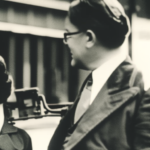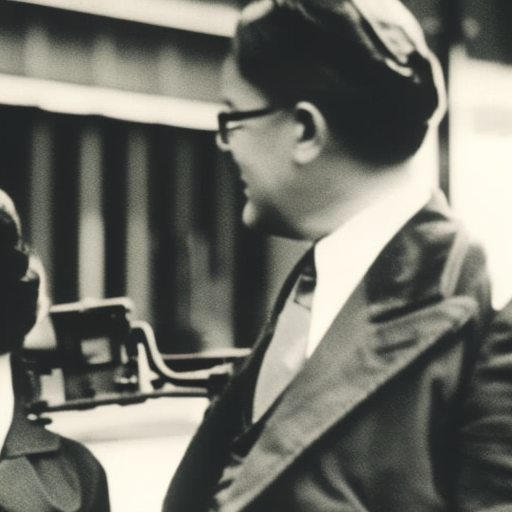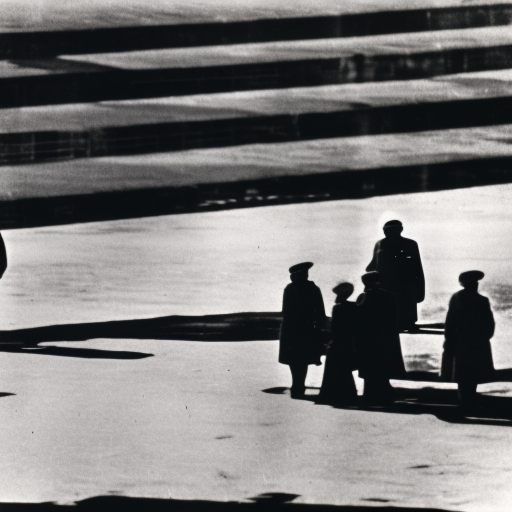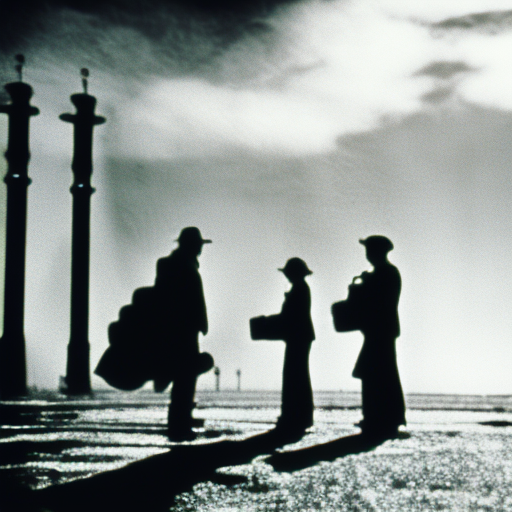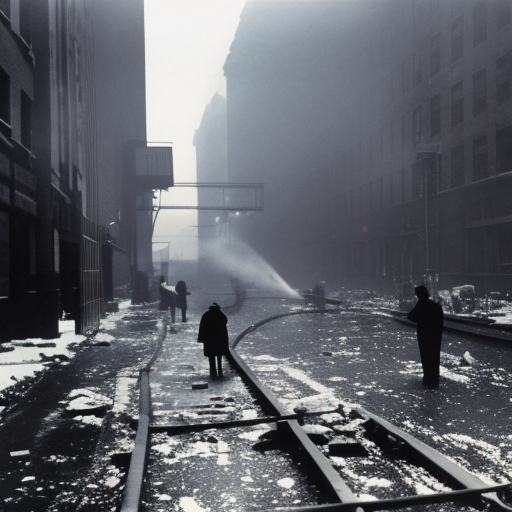The New Deal (1933-1939)
The New Deal was a series of economic programs and reforms implemented by President Franklin D. Roosevelt in response to the Great Depression. It aimed to provide relief, recovery, and reform to the American economy and society. The New Deal had a significant impact on the country, transforming the role of the federal government and shaping the modern welfare state.
Relief Programs
One of the primary goals of the New Deal was to provide immediate relief to the millions of Americans suffering from unemployment and poverty. Roosevelt established several relief programs, including the Civilian Conservation Corps (CCC), which employed young men in conservation projects, and the Federal Emergency Relief Administration (FERA), which provided direct financial assistance to the unemployed.
Another key relief program was the Works Progress Administration (WPA), which employed millions of Americans in public works projects such as building roads, bridges, and schools. The WPA also supported artists, writers, and musicians through the Federal Art Project and the Federal Writers’ Project.
Recovery Programs
In addition to relief, the New Deal aimed to stimulate economic recovery. The National Industrial Recovery Act (NIRA) established the National Recovery Administration (NRA), which sought to regulate industry and promote fair competition. The NRA set industry codes that established minimum wages, maximum working hours, and fair labor practices.
To address the banking crisis, Roosevelt implemented the Emergency Banking Act, which allowed the federal government to inspect and reopen sound banks while closing those that were insolvent. This helped restore confidence in the banking system and stabilize the economy.
The New Deal also included agricultural programs to support farmers. The Agricultural Adjustment Act (AAA) aimed to increase agricultural prices by paying farmers to reduce production. The Rural Electrification Administration (REA) brought electricity to rural areas, improving living conditions and increasing productivity.
Reform Programs
The New Deal also sought to reform the financial system and protect consumers. The Glass-Steagall Act established the Federal Deposit Insurance Corporation (FDIC), which insured bank deposits and prevented future bank failures. The Securities and Exchange Commission (SEC) was created to regulate the stock market and prevent fraudulent practices.
To address the long-term economic challenges, Roosevelt implemented the Social Security Act, which established a system of old-age pensions, unemployment insurance, and welfare benefits. This marked a significant shift in the role of the federal government, providing a safety net for vulnerable Americans.
Criticism and Legacy
The New Deal faced criticism from both the left and the right. Some argued that it did not go far enough in addressing the root causes of the Great Depression, while others believed it gave the federal government too much power. Despite the criticism, the New Deal had a lasting impact on American society.
The New Deal’s programs provided immediate relief to millions of Americans and helped stabilize the economy. It also laid the foundation for the modern welfare state and expanded the role of the federal government in regulating the economy. Many of the programs and reforms implemented during the New Deal era, such as Social Security and banking regulations, continue to shape American society today.
In conclusion, the New Deal was a series of economic programs and reforms implemented by President Franklin D. Roosevelt to address the challenges of the Great Depression. It provided relief to the unemployed and impoverished, stimulated economic recovery, and implemented long-term reforms. Despite criticism, the New Deal had a significant impact on American society, transforming the role of the federal government and shaping the modern welfare state.




